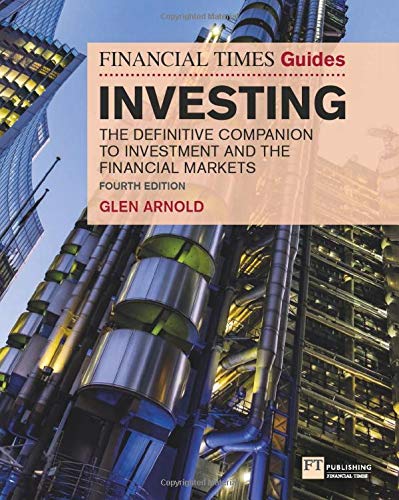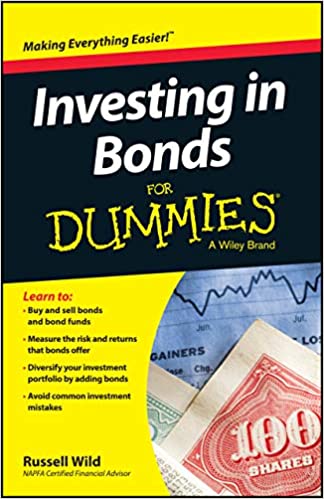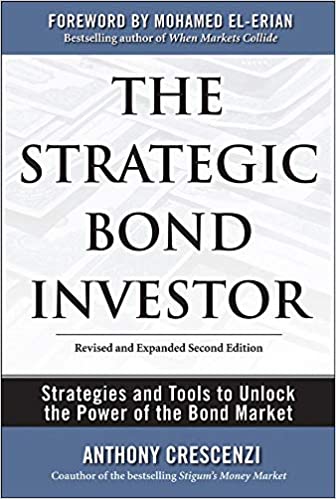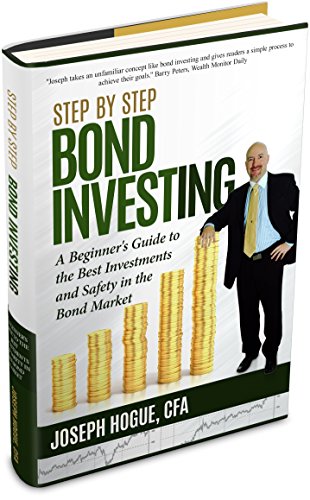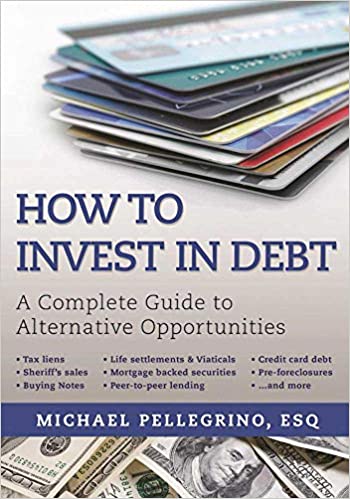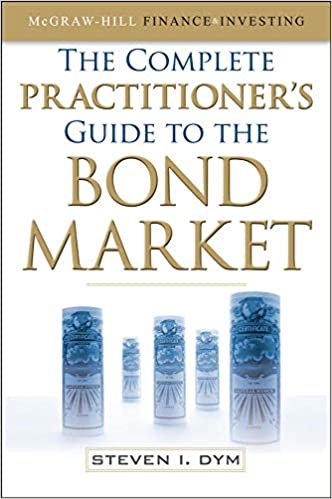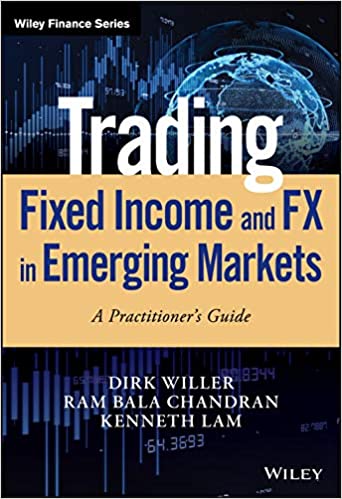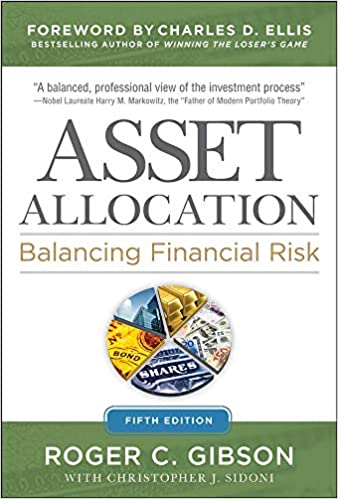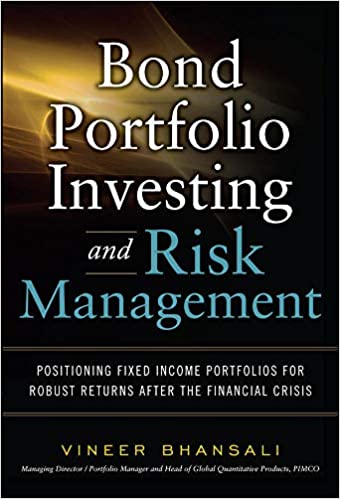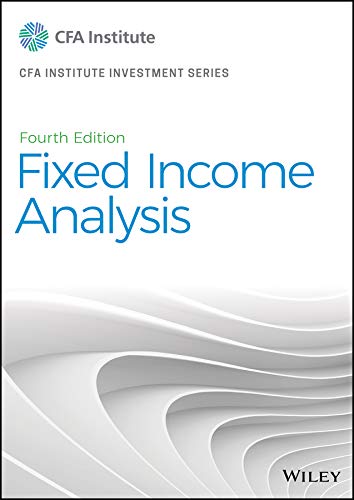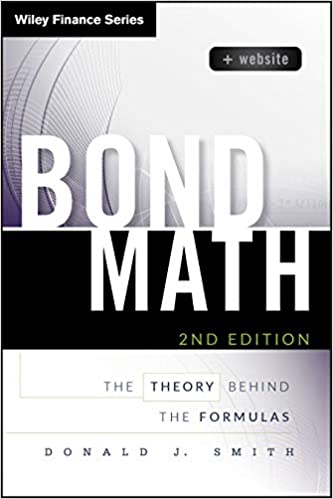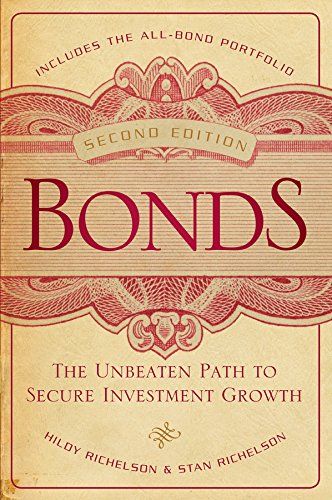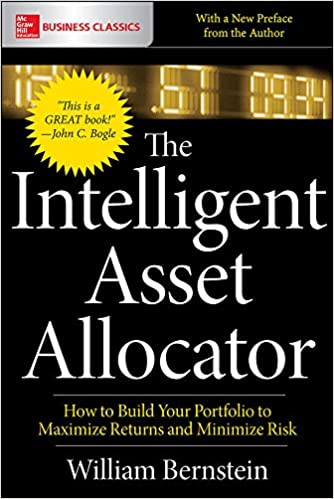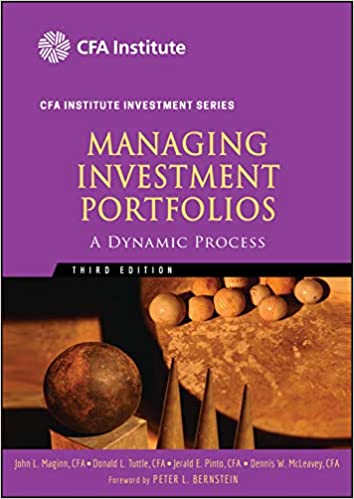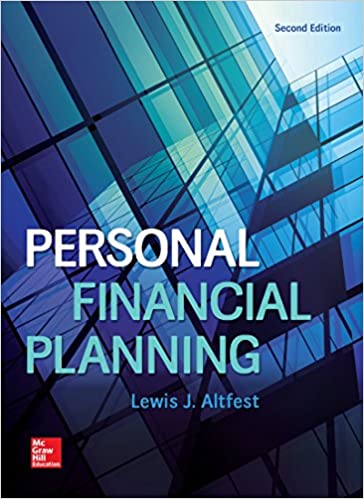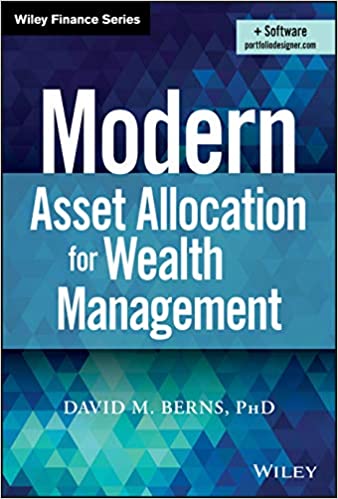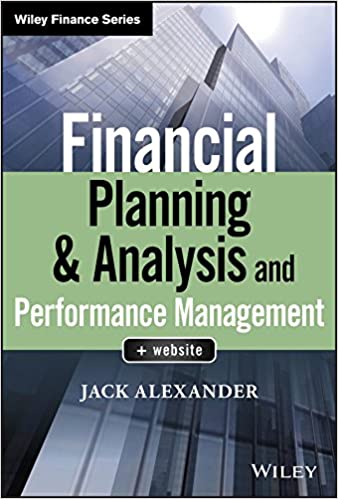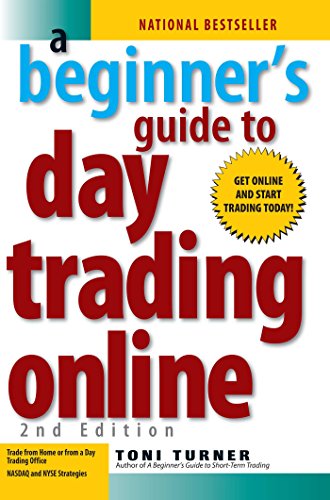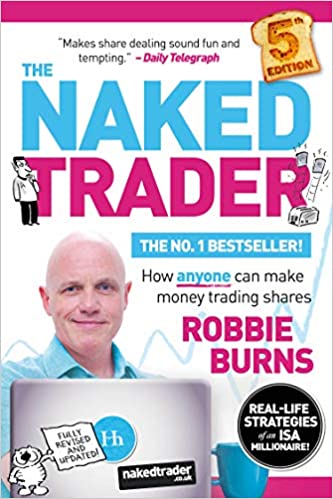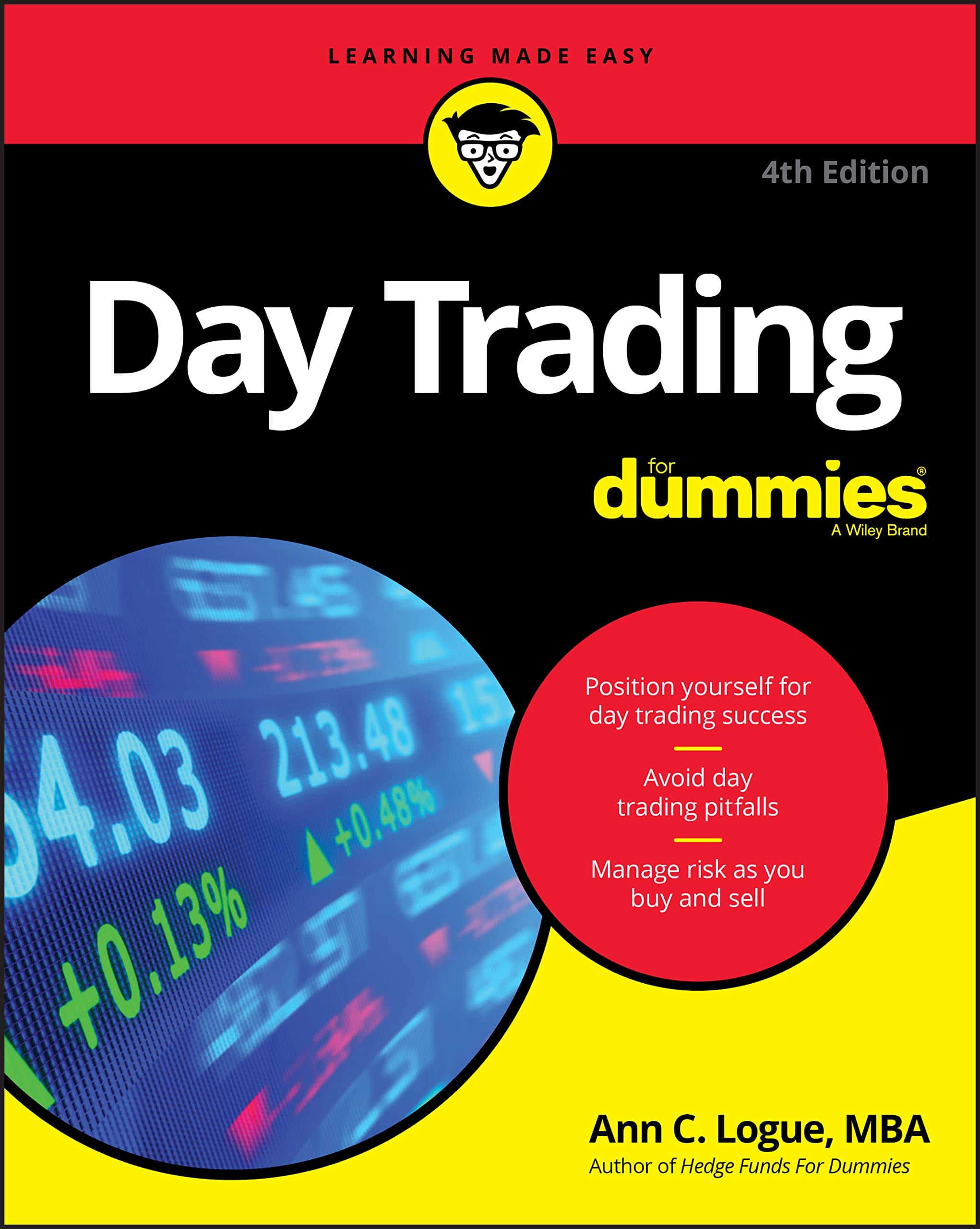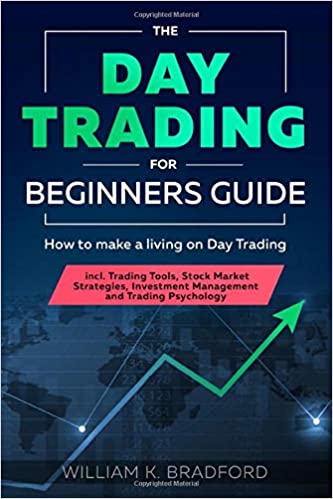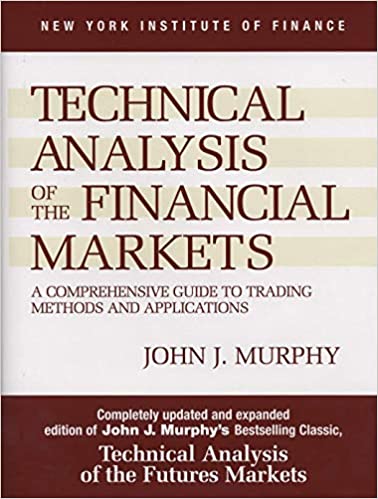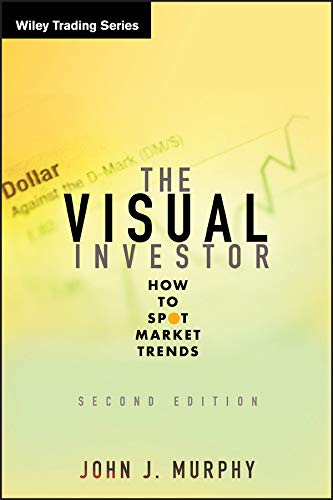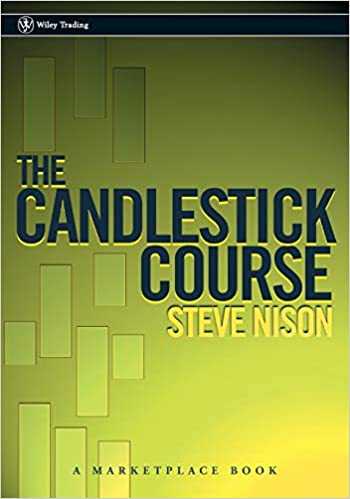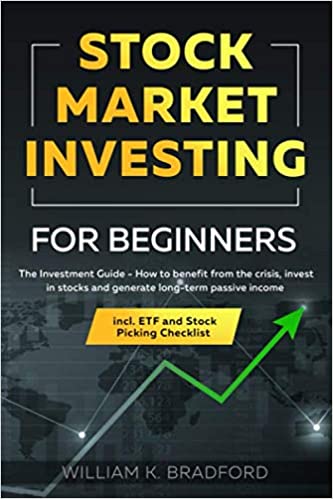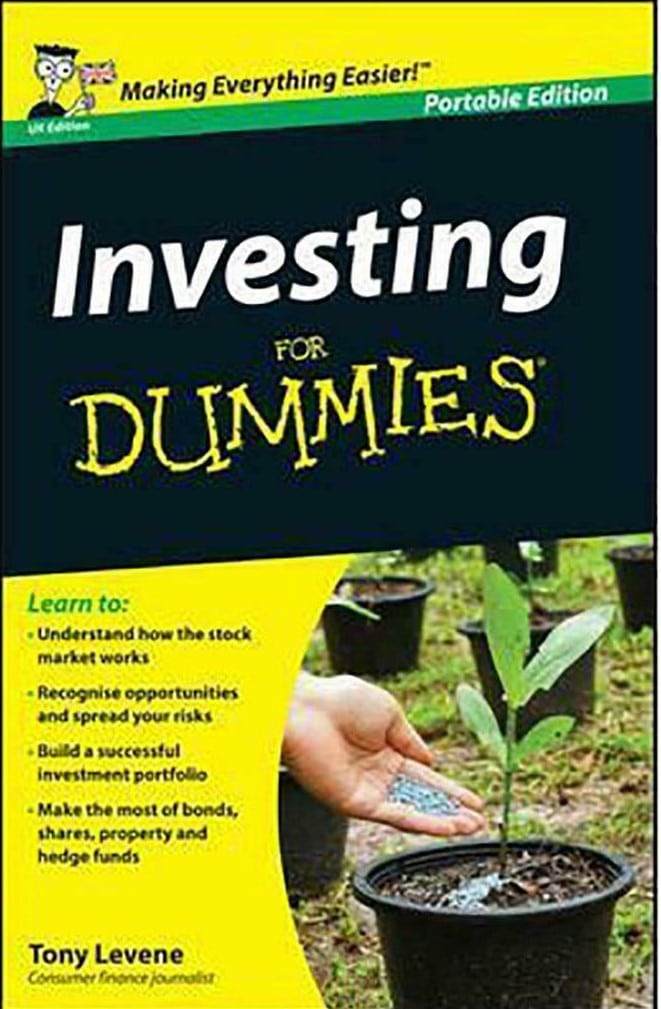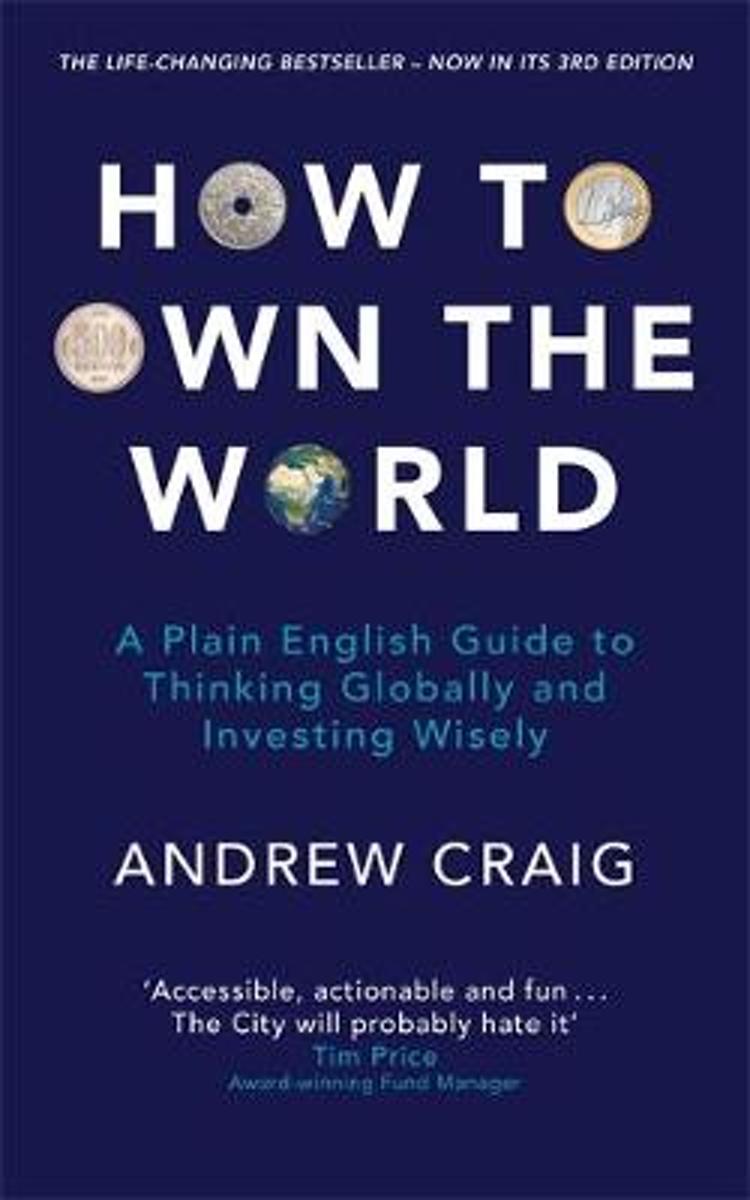Last updated: 20 December 2021. Bonds are one of the most popular, reliable and liquid investment opportunities available. For this reason, you'll find bonds featuring in almost every investment portfolio:
- Beginners use bonds because they provide a more dependable return than volatile assets
- Retirees use bonds because they provide a stable income to cover their lifestyle
- Pension schemes use bonds because they allow the fund to match their long term obligations with long term returns.
- Portfolio managers use bonds because adding bonds to an equity portfolio can provide a higher risk-adjusted return.
Shortlists of the best bond investment books are below
With prices ranging from £10 - £25, stocking up on a few of the best bond investing books can deliver the same value as an expensive seminar for only a fraction of the cost. They can even be read for free with Amazon's Kindle Unlimited free trial.
Click on any title below to see the latest price from Amazon, you'll be shocked at how affordable the most popular titles are. As an Amazon Associate, I earn a small commission from qualifying purchases which helps to support this site. This does not impact how I compile the list.
Discover prime books on investing and finance
No boundaries, just your curiosity- Invest with confidence
- Finance industries
- Real estate & real assets
- Exotic investments
- The bigger picture
Books reviewed
Financial Expert 2024 Book Awards
Gold Prize
Financial Times Guides: Investing by Glen Arnold
The best books about bonds for professionals
The most popular asset for investors with a cautious to moderate risk toleranceThe best books about bonds for students and serious investors
A mainstay of pension portfolios and other long term investment plansPortfolio management books for students & serious learners
Take a shortcut to the excellence resources that professional investors use themselvesFinancial Expert tip: The hardcover versions of these bond & portfolio management books are in high demand! They can recoup up to 80% of their cover price when sold in good used condition.
Therefore if you plan to eventually sell back a title, your net cost could be as low as 20% of the cover price.
Click on the covers below to look at the used prices of these titles on Amazon to understand what cash back you could expect.
Books on technical analysis & chart reading
When bond investing over short periods, day traders often use technical analysis to establish entry and exit points.Download all these bond investing books for free with Kindle Unlimited
You DON'T even need a Kindle device to download booksHere's a useful tip that will save you £100+ on bond investing books. Sign-up to Amazon's Kindle Unlimited free trial, which offers access to all titles for free for 30 days.
- There's no obligation to continue with a paid subscription.
- You don't even need a Kindle to enjoy - any device will do.
If you're cost-savvy, you'll already be calculating the savings you could unlock and the knowledge you could gain by downloading 5 books over the next 30 days.
My Top 5 Bond Investing Books for 2022
Click covers to see latest reviews and prices1. The Strategic Bond Investor - Anthony Crescenzi
Financial Expert Rating:
Synopsis:
"In 2002, Anthony Crescenzi opened the door to an innovative new style of investing with his publication of The Strategic Bond Investor. The book instantly became the go-to guide for investors seeking an aggressive yet risk-conscious path to profit.
Now, Crescenzi provides a completely updated edition of his popular bond book to address the realities of the post-credit-crisis economy―and to help you take total advantage of everything bond shave to offer. This comprehensive, up-to-the-minute guide provides straightforward techniques for cashing in on the unlimited potential of bond investing―whether your interests are long or short term."
Who this book is for:
A comprehensive guide for those who are serious about immersing themselves in the bond investing.
The Strategic Bond Investor demystifies bonds and the bond market with clear descriptions of:
- Different bond types, including corporate bonds, and municipal bonds
- Bond market risks―and how to mitigate them
- How to read the bond market’s “crystal ball”―the yield curve
- The five tenets of successful interest-rate forecasting
- How to use credit ratings to your advantage
- The best bond investing strategies
The top ranked bond investing book in our shortlist due to its enduring popularity, its critical reception, and its appeal to beginners and experienced bond investors alike.
Financial Expert Rating:
Synopsis:
"Stock, bonds, mutual funds—are all of these elements really necessary in your investment portfolio? Yes!
Investing in Bonds For Dummies introduces you to the world of bond investment—and equips you to diversify your portfolio—through the concise and approachable presentation of the details surrounding this form of investment.
This engaging text offers a clear, yet thorough take on the background of bond investment, helping you understand why it's such an important part of a well-rounded portfolio. Additionally, the book explores bond returns, risks, and the major factors that can influence the performance of bonds."
Who this book is for:
I've ranked Investing in Bonds for Dummies as the second best bond investing book for the following reasons:
The 'For Dummies' series includes fantastic layouts and detail levels for beginners learning a topic.
Information is often presented in a visually appealing style which aides with the digestion of a new topic.
Areas are covered at the right amount of detail to provide a good overview of bond investing in a single book without getting bogged down in any rabbit holes.
The tone of language is accessible and engaging - perfect for a first venture into the world of bonds.
Financial Expert Rating:
Synopsis:
"A comprehensive, practical guidebook to bonds and the bond market
Speaking directly to the practitioner, this thorough guide covers everything there is to know about bonds―from basic concepts to more advanced bond topics.
The Complete Practitioner’s Guide to the Bond Market addresses the principles of the bond market and offers the tools to apply them in the real world. By tying the concepts of fixed-income products to big-picture aspects of the economy, this book prepares readers to apply specific tools and methods that will help them glean profits from the bond market."
Who this book is for:
A Complete Practitioner's Guide to the Bond Market by Steven Dym is ranked third on our list of the best investing books about bonds.
Aimed clearly at investment managers, bankers, financial advisers and other investment professionals, this title covers the concepts that professionals need to know.
What I loved was that it achieved this depth without boggling the reader with highly advanced maths. You won't need a degree in mathematics to follow along with the valuation or yield calculations in this guide.
Financial Expert Rating:
Synopsis:
"The Intelligent Asset Allocator has helped thousands of people like you build wealth through carefully diversified portfolios. Now, with global markets in constant flux, balancing risk and reward is more critical than ever.
Self-taught investor William Bernstein offers no gimmicks, inside secrets, or magic solutions―just the facts about investing and calm, smart advice on how to build and manage a portfolio designed for the long run. This is all you need, despite claims of the advisors and pundits looking to profit from your hard-earned money.
Bernstein walks you through the fundamentals of important topics like multiple-asset portfolios, optimal asset allocations, market efficiency, and strategy implementation."
Who this book is for:
As an asset allocation title, this book covers more than just bonds. You'll find sections on other popular portfolio components such as equities, property, cash and alternative investments.
This easy-to-understand guide provides everything you need, including:
- The basics of finance―historical, psychological, and institutional
- Time-tested strategies for improving the risk/reward ratio
- Ways to sharpen your focus to improve portfolio management
Financial Expert Rating:
Synopsis:
"Now in its fourth edition, Fixed Income Analysis offers authoritative and up-to-date coverage of how successful investment professionals analyze and manage fixed-income portfolios.
With contributions from a team of financial experts, the text is filled with detailed information from CFA Institute and contains a comprehensive review of the essential topics in the field.
Fixed Income Analysis introduces the fundamental concepts of fixed-income securities and markets and provides in-depth coverage of fixed-income security valuation and portfolio management.
The book contains a general framework for valuation that is designed to be accessible to both professionals and those new to the field. The fourth edition provides updated coverage of fixed-income portfolio management including detailed coverage of liability-driven and index-based strategies, the major types of yield curve strategies, and approaches to implementing active credit strategies."
Who this book is for:
This title is a bible for students of the financial markets, or investors who want to arm themselves with the same amount of knowledge that a graduate would want to have before arriving at the bond trading desk of an investment bank.
Fixed Income Analysis is the only book on this shortlist which I would firmly categorise as a bond 'textbook' in this guide. Both its volume and style conforms to this academic style.
Expect to see features such as:
- Worked-through illustrations of how the theoretical concepts (such as valuation, risk-management, etc) would be applied to real life examples.
- Complex features of bonds such as embedded options and index-linked securities.
The best bond investing book will cater to your specific needs
“Successful investing is about managing risk, not avoiding it.”
This page features an array of bond investing books designed to suit different tastes for bond literature.
My own assessment is that there are two main groups of bond investing book readers:
- Private investors who are complete beginners to bond investing
- Experienced investors or professionals who want to master bond investing.
Beginners are looked to understand the characteristics of bonds, and the bond market. They will be looking to learn:
- How is the coupon rate and yield-to-maturity calculated?
- What factors drive the return on bonds?
- How much of a diversified portfolio should be allocated to bonds?
Professionals and experienced investors will have held bonds in their portfolio for some time, and be very familiar with the fundamentals.
The topics of bonds is like an onion with many layers. Once one topic is understand, there's a more detailed and complex subject beneath to understand more.
The more advanced books I've included above are designed to represent these second or third layers.
Whereas a beginner may learn about corporate bonds, an intermediate investor may be interested in emerging market bonds. A veteran might want to know more about collateralised debt obligations.
These books cater to all of these topics. We've deliberately designed the shortlists to cover a multitude of levels of detail.
About bonds
In my guide to investing in bonds, I highlight that investors often lack knowledge about corporate bonds and government bonds because this asset class doesn't attract the same level of attention and interest as the stock market, commodities market or FX market.
The bond asset class can be a high-performing investment in its own right
This is puzzling, because bonds can provide high returns, sometimes bonds even beat equities, as several did during the 20 years to 2020. Does that surprise you?
If it does, then this is just another piece of evidence suggesting we neglect bonds when we learn about the science of investing.
In addition to generating an income from the coupon rate of bonds, investors can also benefit from the increase in the price of the bond (if the bond is sold before maturity). This means that bonds can return 5% - 10% per year when interest rates are falling, equities are falling out of favour, or the credit rating of the bond issuer improves.
Explore the best books in more genres
General personal finance
Trading the financial markets



